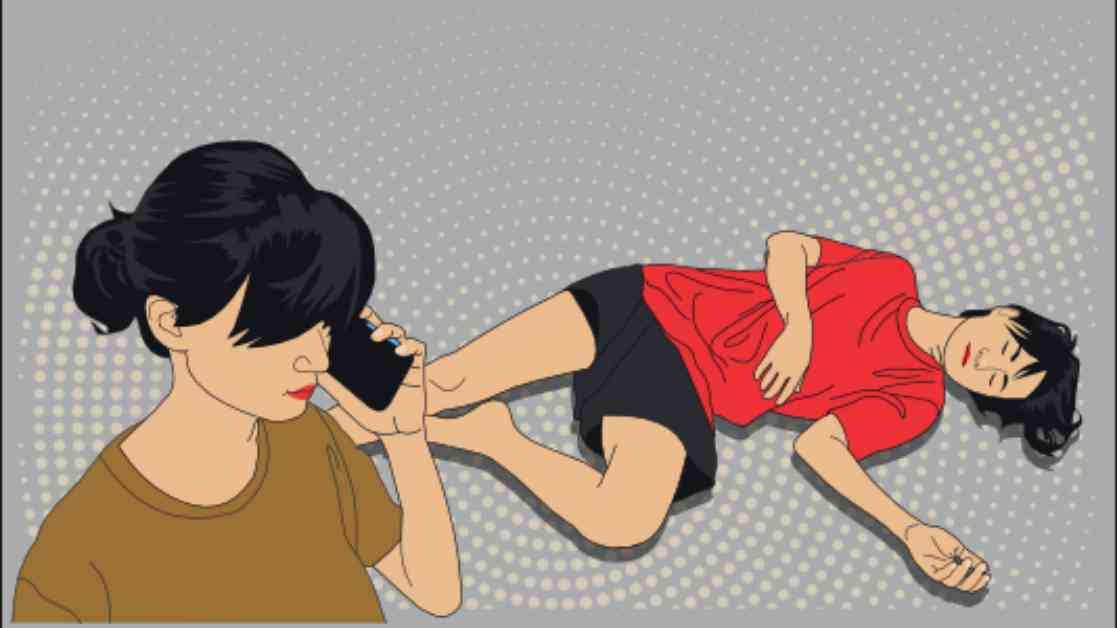**Understanding Basic Life Support: A Guide**
In a world where emergencies can strike at any moment, having a basic understanding of life support can make all the difference. Whether you’re a healthcare professional or a concerned citizen, knowing how to administer basic life support can save lives. Let’s delve into the essentials of basic life support to equip you with the knowledge and skills needed to respond effectively in critical situations.
Why Basic Life Support Matters
Basic life support, commonly referred to as BLS, is a crucial skill set that anyone can learn. In emergency situations such as cardiac arrest, drowning, or choking, prompt intervention with basic life support techniques can significantly increase the chances of survival. By performing cardiopulmonary resuscitation (CPR), using automated external defibrillators (AEDs), and controlling bleeding, individuals can stabilize a person’s condition until professional help arrives.
Key Components of Basic Life Support
Basic life support involves simple yet lifesaving actions that can be performed by anyone, regardless of medical training. The key components of BLS include recognizing the signs of an emergency, calling for help, assessing the situation, performing CPR, and using AEDs if available. These actions are designed to maintain circulation and oxygenation in a person experiencing a life-threatening event until advanced care can be provided.
Training and Certification in Basic Life Support
To ensure proficiency in basic life support techniques, individuals can undergo training and certification programs offered by accredited organizations. These programs cover essential topics such as CPR, AED use, first aid, and basic emergency response. By completing a BLS course, participants gain the knowledge and confidence to respond effectively in emergencies and potentially save lives.
Empowering Communities Through Basic Life Support
Imagine a world where every individual is equipped with the skills to provide basic life support in times of crisis. By spreading awareness about BLS and encouraging training initiatives within communities, we can create a network of lifesavers ready to spring into action when needed. Together, we can make a difference and ensure that no life is lost due to a lack of basic life support knowledge.
As we navigate through the complexities of modern life, let’s not forget the simple yet powerful act of extending a helping hand in times of need. By mastering the fundamentals of basic life support, we can become beacons of hope and support in our communities. Remember, a little knowledge can go a long way in saving a life.






















